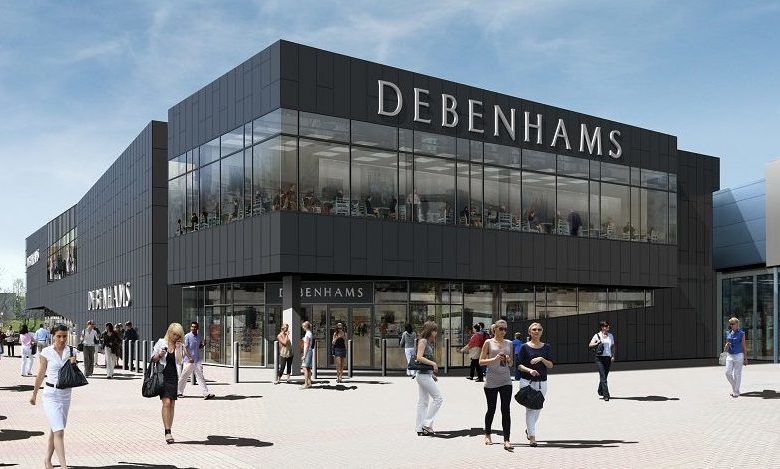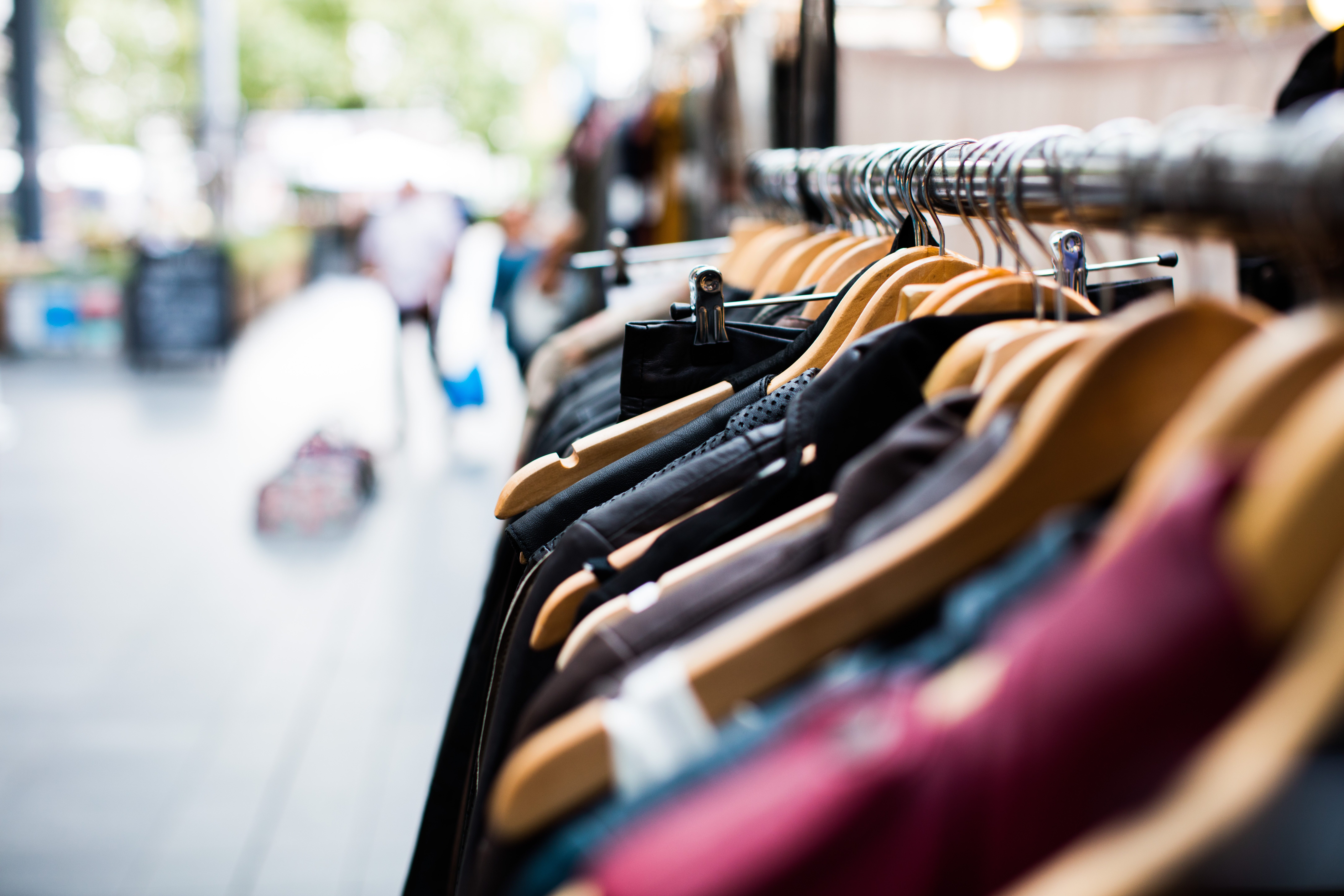The decline of UK department stores: can they survive?
The decline of UK department stores has been accelerated by shifting consumer preferences, economic pressures, and the rise of ecommerce. Retail Sector spoke with industry experts to understand the key factors driving this change, how some retailers are adapting, and what the future holds for the high street

The decline of department stores in the UK has been one of the most significant shifts in the retail sector in recent years. High street giants that once defined the shopping experience have faced unprecedented challenges, leaving behind empty storefronts and a stark reminder of how much the landscape has changed.
From the rise of ecommerce to economic instability and shifting consumer habits, the factors contributing to this decline are multifaceted. To understand the demise of these once-revered institutions, Retail Sector spoke to retail expert and entrepreneur Mike Greene, senior ecommerce analyst at Omnisend Greg Zakowicz, and Peter Ahye, CEO of Hexagon Consultants.
Ecommerce and changing consumer habits
The challenges facing department stores today have been mounting for years, but they were exacerbated by the Covid pandemic and its aftermath. For Ahye, the rise of ecommerce has been a crucial factor. “Major challenges began with Covid-19 and the boom in ecommerce shopping, followed by economic instability, a downturn in customer loyalty and spending, relevance of offering, rising operational costs, and geopolitical tensions that have significantly impacted shipment delays and costs,” Ahye explains.
Moreover, with the rise of ecommerce, consumer preferences have continued to drastically shift. Department stores, which once relied on the convenience of offering a wide variety of products under one roof, are now struggling to compete with online retailers that offer greater convenience, lower costs, and faster delivery times.
Retail entrepreneur Greene adds that consumer behavior has shifted dramatically over the years, with online shopping becoming more convenient and cost-effective. “Shoppers today prioritise convenience above all else. Department stores – historically anchored in city centres and high streets – have become harder to reach due to pedestrian zones, restricted car access, and expensive parking,” he notes. He believes the shift towards online shopping is something traditional department stores failed to adapt to effectively, resulting in many being left behind.
Zakowicz echoes this sentiment, saying: “One of the main problems is that there is a lack of differentiation between the competing stores, with many offering the same products and brands. The rise in ecommerce giants such as Amazon and Temu, as well as slowing wage growth resulting in less disposable income.” Zakowicz highlights that shoppers are increasingly value-conscious, looking for better deals online rather than at physical stores. He points out that while some department stores have tried to adapt by offering budget lines, they’ve ultimately been left relying on customer loyalty and a demand from those who still prefer in-person shopping.
Adapting or declining
A central question that arises in the wake of these closures is whether department stores have failed to modernise, or if their business model has simply become outdated. Ahye believes that the core business model of department stores is no longer viable. “The business model—and thus the USP—of department stores has failed to modernize and evolve as the consumer landscape and retail environment have changed significantly,” he says. He points out that what was once a key selling point—being able to purchase everything from fashion to home goods in one place—has lost its appeal. Consumers now have access to a broader range of products at lower prices, with quicker delivery times, through online retailers and discount stores.
Zakowicz agrees that department stores have struggled to keep up. “Consumers still like the human experience that department stores provide,” he says. “The goal for stores is to combine this tactile experience with competitive pricing and unique product offerings.” However, he acknowledges that many department stores have failed to innovate in ways that could differentiate them from ecommerce giants and discounters.
The role of rising costs
Another critical factor affecting department stores is the rising cost of operations. National Insurance contributions, higher minimum wages, and inflation have all placed pressure on businesses. Ahye points out that the recent increases in National Insurance contributions and the minimum wage are likely to be a final blow for many struggling retailers. “For those businesses operating on very fine margins and also experiencing a downturn in sales and spending, this is likely to be the final blow for many beloved high street stores,” Ahye explains.
Greene underscores the impact of these rising operational costs on smaller retailers and department stores alike. “When they [costs] increase, businesses must either absorb the cost and scale back profit forecasts or pass on the effects to customers and staff by raising prices or reducing hours and the number of pay rises,” Zakowicz says.
He adds that the added cost pressures have led to store closures as retailers reassess their business models. “With high interest rates and inflation, department stores have been forced to make difficult decisions, including closing underperforming stores,” he says.
Can department stores survive?
While the challenges are clear, experts remain divided on the future of department stores. Is there hope for survival, or have they been overtaken by the rise of online shopping and budget retailers?
Ahye believes that there could still be a future for department stores if they can adapt. “To establish a unique offering, department stores must provide something that online retailers cannot,” he explains. He cites Harvey Nichols and Flannels as examples of brands that have successfully repositioned themselves as luxury retailers, offering bespoke services that cater to customer desires for exclusivity and personalisation.
Zakowicz also points to the importance of offering unique experiences to differentiate from online players. “Department stores need to understand what they offer customers that they can’t get elsewhere,” he says. “Whether it’s unique in-store experiences or high-quality products at affordable prices, understanding what differentiates your store from another is critical.”
However, it is clear that adaptation is key. Ahye emphasizes that those who fail to evolve risk disappearing entirely. “Department stores must pivot and identify a new USP to ensure sustained success,” he warns. “Being all under one roof is no longer enough to entice customer spending.”
One potential path forward for department stores is adopting an omnichannel strategy, integrating their physical stores with their online offerings. Ahye points to Macy’s in the US as an example of a department store that has successfully navigated this shift. “Macy’s has achieved significant success with its omnichannel strategy, which focuses on integrating its physical stores with its online presence,” he says. “This seamless integration of online and in-store experiences could be a good model for UK department stores.”
Greene agrees, noting that department stores must embrace both online and offline retail to survive. “Those that embrace technology, customer experience, and modern business models can thrive” he adds.
The end of an era?
The decline of UK department stores is a multifaceted issue, driven by changes in consumer behavior, economic challenges, and the dominance of ecommerce giants. While the closures of high street institutions like Debenhams and House of Fraser signal the end of an era, the experts we spoke to believe there is still hope for a retail revival.
For department stores to survive, they must adapt, innovate, and find new ways to offer unique, personalised experiences that cannot be replicated online.
The lesson is simple: “Retailers that refuse to change will be replaced by those that do,” Greene concludes.



